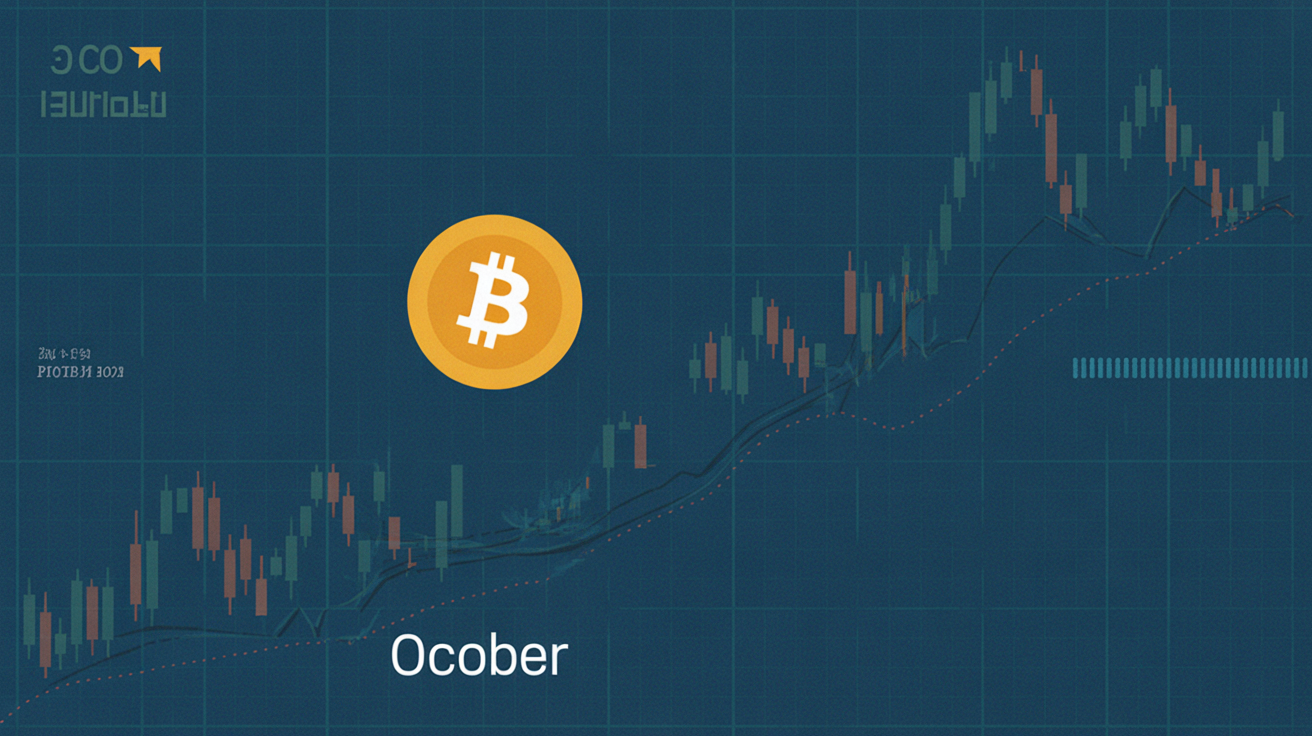Dogecoin Slips Below Key Support as Whales Exit and Bearish Signals Mount
Dogecoin (DOGE) slid 2.3% to $0.1827 on Tuesday, breaking decisively below the $0.1830 support level amid accelerated whale selling and a clear shift in long-term holder behavior. The move marked DOGE’s third straight session of lower highs, underscoring renewed downside pressure in an increasingly cautious market.
Whale Distribution Deepens
On-chain data indicates that mid-tier whales — wallets holding between 10 million and 100 million DOGE — unloaded roughly 440 million tokens over the last 72 hours. The Hodler Net Position Change metric registered 22 million DOGE in outflows, marking a 36% reversal from accumulation trends and the sharpest monthly decline in long-term holdings.
The selling appears methodical rather than panic-driven, with whale wallets gradually rotating out of positions as market liquidity absorbs the flow.
Technical Outlook Weakens
DOGE’s price structure turned decisively bearish after breaching its near-term floor. A death cross between the 50-day and 200-day exponential moving averages (EMAs) formed in late October, with the 100-day EMA nearing a similar crossover — a pattern typically associated with sustained downtrends.
Liquidity clusters show heavy positioning between $0.177 and $0.179, where approximately 3.78 billion DOGE are concentrated. This range represents a crucial support area for bulls. Volume analysis points to ongoing distribution: a 274 million DOGE turnover spike, followed by a 15 million sell burst, suggests that major holders are in the late stages of selling before potential base-building.
What’s Next for DOGE
DOGE now trades in a vulnerable zone, with the $0.1830–$0.1850 band serving as the immediate pivot range. A failure to maintain support at $0.177 could open the door to a deeper move toward $0.14, the next significant liquidity pocket.
Analysts caution that only a sustained reclaim of $0.1860 on strong volume would invalidate the current bearish structure. Until then, market participants appear to be using short-term bounces as opportunities to reduce exposure rather than build new positions.
Whale activity remains the key indicator to monitor — a decline in large transaction counts could signal that the distribution phase is nearing completion, potentially paving the way for renewed accumulation near cost-basis levels.




























